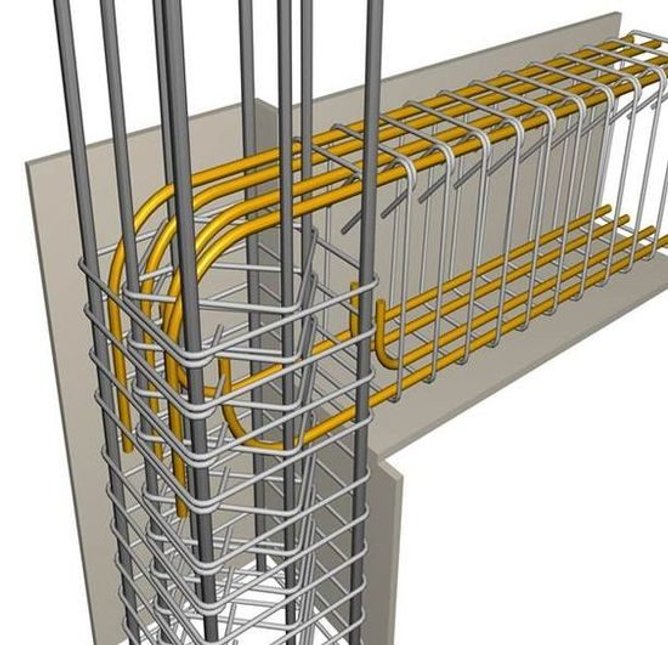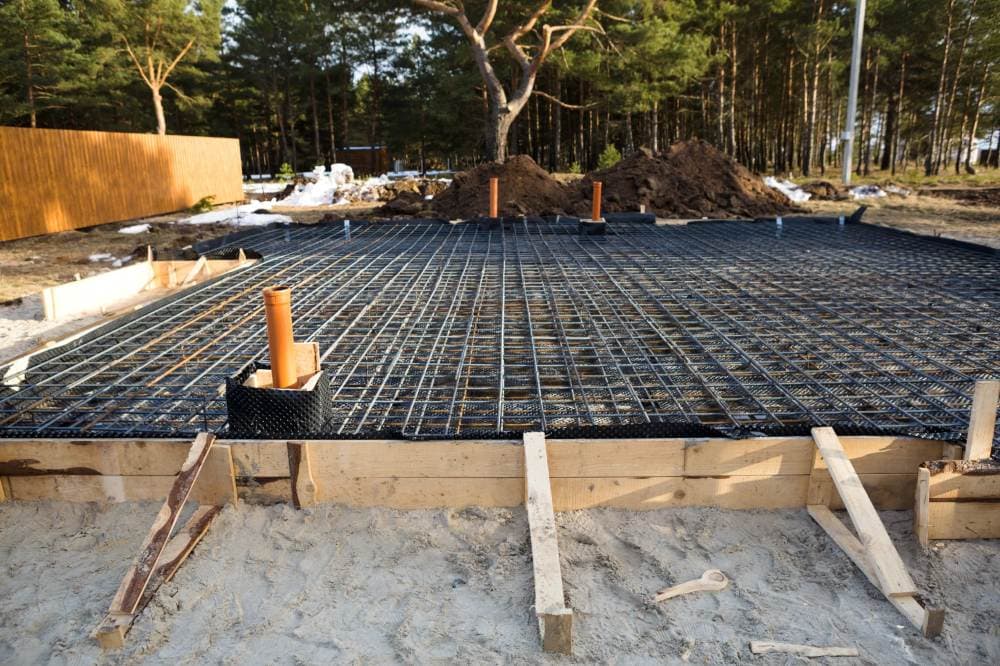Mastering Steel Fixing: Methods for Superior Building
Mastering steel fixing is a fundamental aspect of construction that straight influences the stability and long life of concrete frameworks. As we check out these methods in better detail, the effects of grasping this vital skill ended up being increasingly evident, raising inquiries concerning just how these techniques can change building and construction techniques.
Comprehending Steel Fixing Essentials
Steel repairing, a vital element in the building and construction market, includes the placement and protecting of steel reinforcement bars (rebar) within concrete frameworks. This procedure is essential for guaranteeing the structural stability and resilience of concrete components, as rebar significantly improves tensile strength, which concrete does not have.
Understanding the essentials of steel fixing starts with recognizing the numerous sorts of rebar and their specs, including quality, size, and covering. Rebar is typically made from carbon steel and is offered in various sizes, which are chosen based on the structural needs of the project.

Moreover, making use of proper splashing sizes and anchorage methods contributes to the general security of the concrete structure. It is vital for steel fixers to stick to safety requirements and best techniques throughout the setup procedure, guaranteeing not just the success of the job but additionally the safety and security of all employees involved.
Crucial Tools and Equipment
Successful steel taking care of depends heavily on the right tools and equipment to make sure accuracy and performance in the installment process. Key tools include rebar cutters, which are necessary for making exact cuts in numerous diameters of steel bars, and rebar benders that supply the needed angles for correct positioning. Furthermore, a high quality collection of pliers, especially tie wire pliers, is necessary for safeguarding rebar with tie cable.
Determining tools, such as tape procedures and laser levels, facilitate accurate layout and alignment, while a robust assortment of clamps and vises aids in holding the rebar ready during assembly. Safety and security devices, including goggles and gloves, can not be neglected, as they secure employees from potential hazards connected with steel handling.
For bigger jobs, buying mechanical tools like rebar tying machines can considerably boost efficiency. Finally, appropriate storage services, such as containers or racks, help arrange products and preserve a risk-free workplace. By using these vital tools and tools, steel fixers can enhance their workflow, making sure that architectural stability and construction timelines are fulfilled with precision
Strategies for Accurate Placement

One effective approach is the use of themes or marking guides to establish exact places for steel bars. These guides must be made from sturdy products to stand up to the rigors of building and should be inspected versus architectural drawings to validate accuracy. Additionally, employing laser degrees can greatly enhance placement and altitude precision.
Additionally, maintaining correct spacing between reinforcements is essential. This can be attained by utilizing spacers or chairs that are created to hold steel bars in area at the needed range from the formwork.
Regular assessments during positioning should be carried out to guarantee compliance with job requirements. Any type of discrepancies should be addressed promptly to avoid architectural weaknesses.
Lastly, partnership with other trades is essential, as clear interaction can protect against positioning mistakes that may develop from clashing building and construction tasks. By implementing these techniques, steel fixers can considerably add to the general high quality and security of the building task.
Usual Blunders to Stay Clear Of
While guaranteeing the right positioning of reinforcement steel is important, several common blunders can threaten the stability of the building and construction procedure. One regular error is poor spacing in between steel bars. Inadequate spacing can result in congestion, which can endanger concrete circulation and bonding, eventually impacting architectural stamina.
One more common blunder includes overlooking to properly safeguard the support bars throughout positioning. Failure to properly support the steel or tie can cause misalignment, especially when concrete is put, causing architectural weak points. In addition, overlooking the needed cover density often causes premature corrosion of the steel, decreasing the durability of the framework.
Inappropriate cutting and bending of rebar is an additional mistake that can lead to stress and compression problems within the concrete. It is important to adhere to exact requirements to maintain the designated load-bearing capacity.
Finally, insufficient inspection prior to concrete pouring can permit these errors to go undetected. Routine checks and adherence to design requirements are important to ensure that steel repairing is done properly. By avoiding these typical errors, construction specialists can enhance the sturdiness and safety and security of website here their jobs, ensuring a successful outcome.
Ideal Practices for Safety
Making certain the honesty of steel repairing is not just concerning staying clear of common errors but additionally about implementing best methods for safety and security on the building site. A detailed safety and security strategy should begin with appropriate training and why not try these out positioning for all employees associated with steel repairing. Workers must be familiar with safety protocols, equipment usage, and emergency situation procedures to alleviate threats efficiently.

Maintaining a organized and tidy work setting is just as crucial. Clear pathways and correct storage of products can considerably reduce trip and loss risks. Carrying out durable interaction methods, such as hand signals or radios, can avoid mishaps triggered by miscommunication.
Last but not least, promoting a culture of safety among employee urges alertness and responsibility. Normal safety meetings and open conversations about potential threats will advertise positive actions and boost overall safety and security on the building site. By adhering to these best methods, the go to my blog risk of accidents during steel repairing tasks can be significantly reduced.
Final Thought
Grasping steel dealing with is essential for ensuring the architectural honesty and sturdiness of concrete constructions. By using exact strategies, making use of proper tools, and adhering to best techniques, the high quality of building and construction can be significantly improved.
Grasping steel dealing with is a basic facet of construction that directly affects the stability and durability of concrete structures. By utilizing these vital devices and tools, steel fixers can boost their operations, making sure that architectural stability and building and construction timelines are fulfilled with accuracy.
While making sure the proper placement of support steel is crucial, several typical mistakes can undermine the integrity of the building and construction process.Making certain the honesty of steel dealing with is not only regarding avoiding typical mistakes yet also about implementing ideal practices for safety on the building and construction website.Understanding steel repairing is important for guaranteeing the structural stability and sturdiness of concrete constructions.